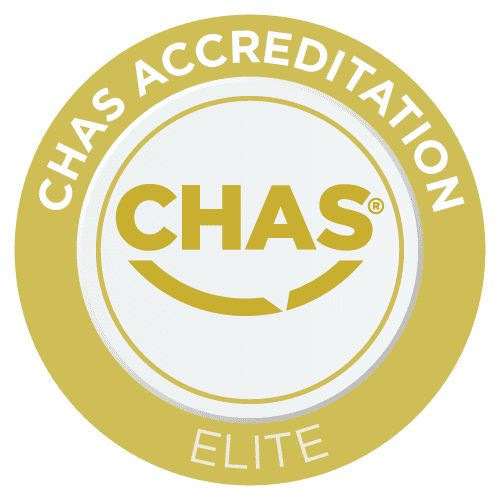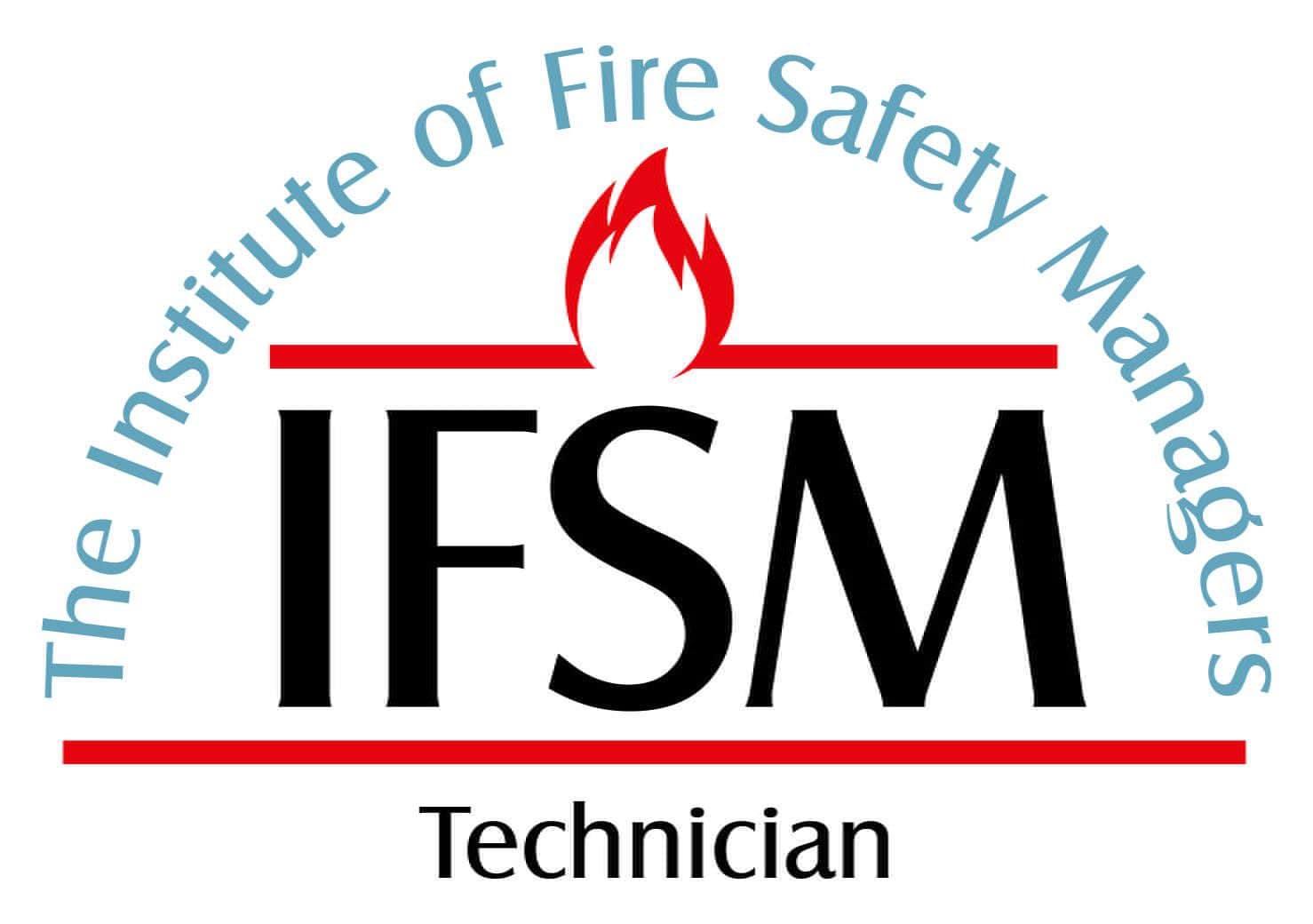Call now to book
01484 426302This one-day Health and safety awareness (HSA) course is designed to aid the understanding of potential hazards the construction worker may face on site.
It provides a practical summary of health, safety, welfare and environmental issues. It identifies the delegate’s responsibilities for looking after themselves and others, outlines the employer’s duties and explains what should be done if the worker thinks that anyone’s health and safety is being put at risk.
The course is an ideal foundation for those wishing to obtain an industry site card. It is also an alternative route to the QCF Level 1 Award in Health and Safety in a Construction Environment for the CSCS Laborer Card.
The course provides health and safety awareness and is endorsed by Build UK as standard training for all operatives on site.
Our upcoming course dates are:
| Course Dates | 03rd May 2024, 02nd August 2024, 01st November 2024 |
|---|
To ensure the individual health and safety responsibilities of the worker are understood.
Delegates must be competent in English at operative level. The course content is suited to all ability levels.
Assessment will be by an end of course examination. The delegate must pass the exam in order to achieve certification for this course.
The examination paper forms the basis of the assessment as to whether or not a delegate has successfully achieved a satisfactory level of health and safety awareness to allow a certificate of achievement to be issued.
The question paper consists of 25 multiple-choice questions: 20 questions are worth one mark each and 5 questions are worth two marks each. The delegates must obtain 25 marks out of 30 (83%) or more in order to pass the examination. This exam must be taken at the end of the course. The examination paper number will be notified when the course booking is accepted by CITB.
For a delegate to obtain certification for this course they must pass the HSA examination. The examination lasts 30 minutes and must be completed within this time. This is a closed book exam.
Delegates taking the HSA course should be able to achieve all of the learning outcomes listed below by the end of the course.
1. Legal and general responsibilities
State the general responsibilities for health and safety at work.
2. Accident reporting and recording
State how you and your employer are responsible for maintaining a safe place to work.
1. Health and welfare
State the common causes of work-related ill health. Identify the risks and how you can reduce those risks.
2. First aid and emergency procedures
State the first aid and emergency procedures and know your role within them.
3. Personal protective equipment
Identify the rules for personal protective equipment (PPE), the common forms and their use.
4. Asbestos
List the risks of asbestos in the workplace, how to work with it and its management.
5. Respiratory hazards
State the risks and how to mitigate workplace respiratory hazards.
6. Noise and vibration
State the health risks of excessive noise and vibration and how to mitigate those risks.
7. Hazardous substances
Identify the hazardous substances within the workplace and how to ensure those risks are mitigated.
8. Manual handling
Identify the risks of manual handling, how to recognise activities that pose a risk and how to manage that risk.
Identify the safety signs and signals on site.
2. Fire prevention and control
Identify the importance of providing a safe place to work and individual responsibilities.
3. Electrical safety, work equipment and hand-held tools
Identify the common risks associated with electricity and equipment. Identify a safe method of working.
4. Mobile plant and site vehicles
State how to work safely around site and the risks from plant and moving machinery.
5. Lifting operations and equipment
State the importance of planning lifting operations and the care of equipment.
1. Working at height
Identify the risks of working at height, how to plan and employ a safe system of work and the use of access equipment.
2. Excavations
State the main dangers of excavations and how to follow a safe system of working near or in excavations.
3. Confined spaces
State the definition of a confined space and how to work safely within a safe system of work.
1. Environmental awareness
State your role in preventing environmental damage on site.
2. Pollution
State your role in preventing pollution.
3. Waste materials
Explain how environmental damage can occur from improper management of waste materials.
4. Nuisance
Explain your part in reducing nuisance (for example, noise, dust and light).
These learning outcomes are included within the scheme of work, in addition to assessment criteria, notes for guidance, publication references and support materials.









"*" indicates required fields